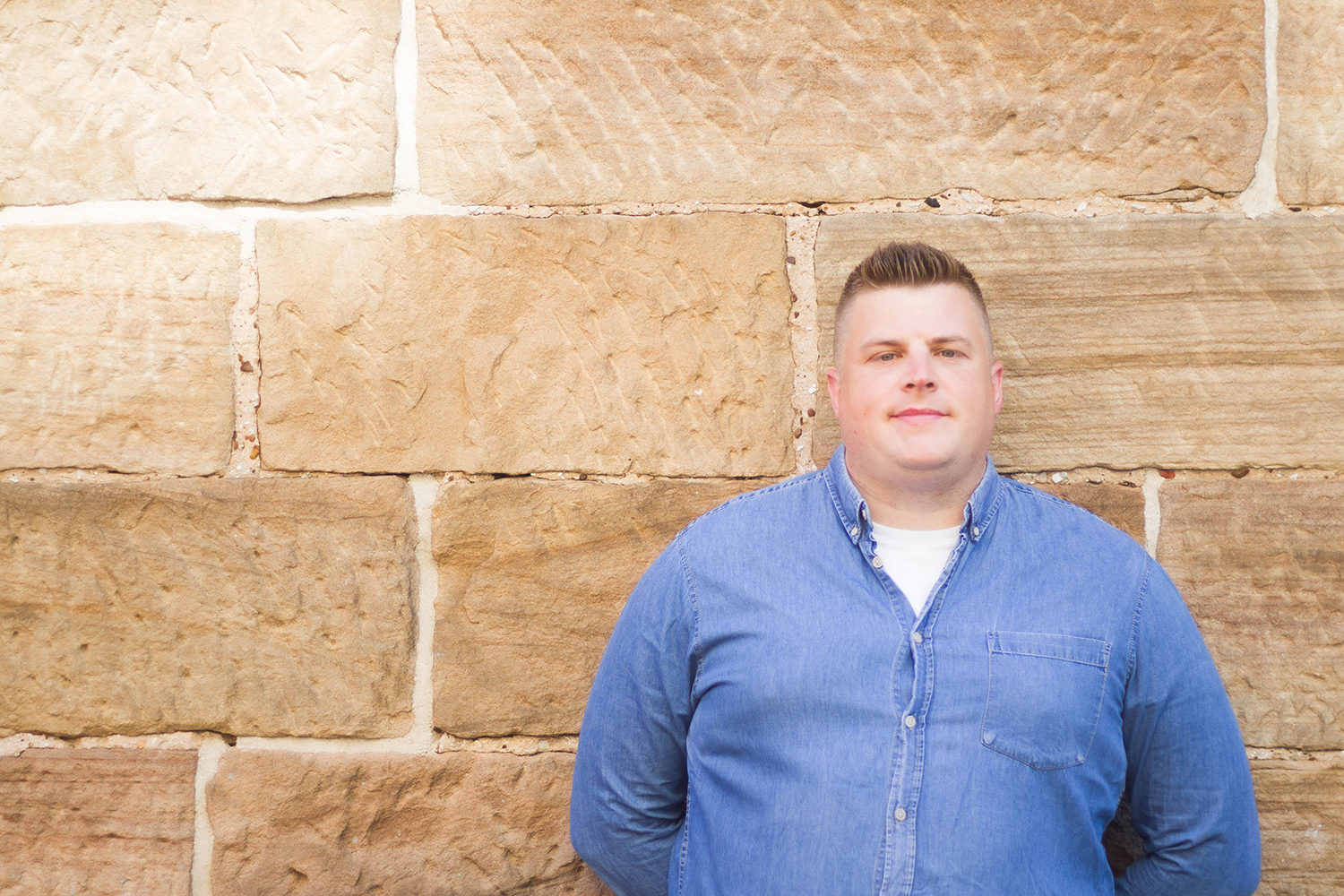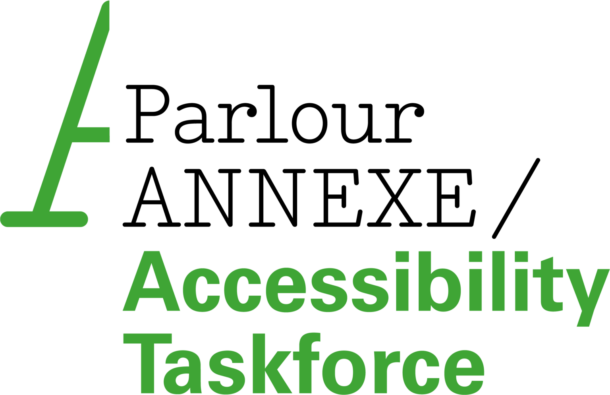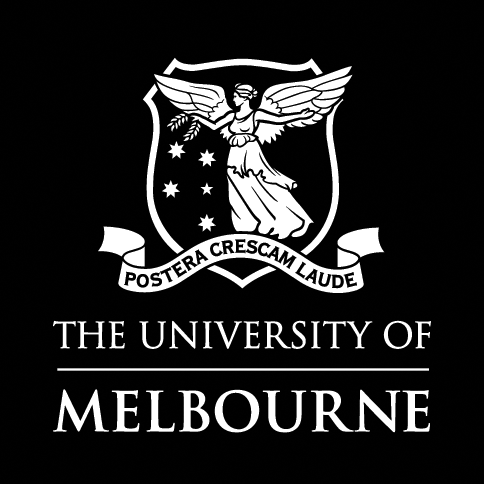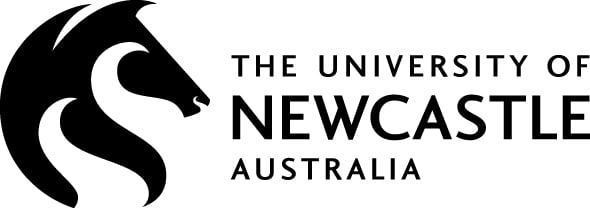Founder of the new Accessibility Taskforce, Joshua Potter highlights the challenges faced by professionals with invisible disabilities in architecture and proposes a number of strategies to make change. He shares his own experiences as a person with hearing loss and calls for others to join the Taskforce to help dismantle barriers, amplify voices and create a more inclusive, equitable future for our profession.

In 2022, the Australian Bureau of Statistics revealed a sobering reality: 5.5 million Australians live with a disability or long-term health condition, and just under 3 million of these individuals are active participants in the workforce. This means that one in every five people contributing to Australia’s economy is navigating their workplace with a disability or ongoing health challenge.
I am one of those people.
I am profoundly deaf in both ears. My hearing loss began unexpectedly in 2016, at the age of 27, while I was completing my Master’s in Architecture in London. Balancing the demands of full-time work, university deadlines, and social commitments was already challenging, but the onset of hearing loss added a new layer of complexity. Over time, my hearing has deteriorated further, leaving me reliant on hearing aids and lip-reading to communicate. Without these, my world becomes muffled and distant, as though I’m submerged in water. Navigating my changing circumstances in a profession like architecture – where collaboration is a constant and clear communication essential – has been a journey fraught with obstacles. Many of these obstacles are shared by others in the industry who also live with invisible disabilities.
The data
Some of you reading this may also be among the 20% of Australian workers with a disability. If so, you likely understand the unique challenges of navigating public transport, workplaces and schools within systems that were neither designed by nor for those with diverse needs. For those in the remaining 80%, I encourage you to pause and reflect. How would your daily life change if you suddenly developed a condition like fibromyalgia, which causes chronic pain and fatigue, or lost a critical sense such as sight or hearing? Imagine trying to navigate a workplace that doesn’t offer remote work options, forces you to commute on inaccessible public transport, or disregards hypersensitivity to sensory stimuli. How would you adapt, and what would you do in a workplace that refused to accommodate your new needs?
Unfortunately, this is the reality for many individuals with invisible disabilities. While national data provides a broad overview of workforce participation for people with disabilities, the architectural profession lacks the detailed insights needed to fully understand and address the challenges faced within the field. While industries such as healthcare and education have made strides in understanding and addressing barriers, architecture continues to lag behind. Australia’s ranking of 21st out of 29 nations in the Organisation for Economic Cooperation and Development’s list for employment participation of people with disabilities underscores the systemic challenges that persist across all sectors, including our own.
The Australian Institute of Architects (AIA) has recently taken steps to address the glaring lack of data on disability within the profession. In 2023, as part of the National Committee for Gender Equity initiative, the Institute surveyed 1,673 respondents, representing 12% of its membership. The survey revealed that just over 10% of respondents identified as having a disability, evenly split across gender. Additionally, 20% of LGBTIQ+ respondents reported having a disability, compared to 9% of cisgender, heterosexual respondents. While this data provides an important starting point, it also highlights significant gaps in understanding the full experiences of architects and students with disabilities.
Lived experience
My experiences as a person with hearing loss reflect broader patterns of barriers faced by individuals with disabilities in the architecture profession. Throughout my education and career, I’ve had to repeatedly explain my disability to colleagues and managers, often encountering scepticism, inappropriate responses (like shouting!), and a lack of institutional understanding. Accommodations at university and work were inconsistently provided or entirely overlooked, and assumptions about my needs led to situations like being denied a phone at work because it was presumed unnecessary.
I have also faced exclusion from off-site visits, often justified by ‘safety concerns’, which limited my career progression. Virtual meetings posed additional challenges, as poor audio quality and reliance on subtitles caused delays that some interpreted as unprofessional. Misconceptions about my hearing aids trivialised my condition, with managers comparing them to needing glasses, and I noticed a clear disparity in treatment – senior professionals with hearing loss were often respected due to their tenure, while younger professionals like myself faced heightened scrutiny and questioning.
These experiences mirror findings from the Institute’s EDI survey, where participants with disabilities reported both explicit and implicit ableism. Respondents described being overlooked, facing assumptions about their abilities, experiencing fewer opportunities for advancement, and encountering discriminatory behaviour. Women with disabilities, in particular, reported higher levels of discrimination and less peer support than their male counterparts, often due to weaker professional networks. Additionally, many with non-visible disabilities, such as mental health conditions or neurodivergence, reported hiding their conditions to avoid stigma and negative stereotypes, further complicating their ability to secure accommodations.
The survey also highlighted barriers to workplace adjustments, limited employer awareness, and significant challenges in education and professional accreditation, including architectural registration. While larger employers were more likely to have disability support programs, it was noted the overall lack of representation of people with disabilities in the profession, especially at senior levels, has led to exclusion, limited belonging, and fewer opportunities for inclusive design.
Reflecting on my own journey, I once went to great lengths to hide my hearing loss, quietly finding ways to navigate the challenges it brought. Over time, however, my perspective has transformed. I now view my hearing loss as one of the unique strengths I bring to my career. It has deepened my understanding of accessibility, inclusion, and the barriers that so many people face, making me a more empathetic and effective architect. These experiences are not merely challenges to overcome – they are valuable insights that inspire and inform better, more inclusive design outcomes.
Intersectionality – the interconnected nature of social categorisations such as race, gender, disability and sexuality that create overlapping systems of discrimination or privilege – is a critical aspect of this discussion. I am a white, cisgender, gay, deaf man who identifies with the gender I was assigned at birth. While I hold privilege as a white cisgender person, particularly in how society often favours whiteness and binary gender norms, I also navigate unique challenges tied to my intersecting identities. As someone who is deaf, I frequently encounter barriers to communication and accessibility, and as a gay man, I’ve faced societal bias and exclusion in both personal and professional spaces. These layers of identity shape how I experience and interact with the world.
Women with disabilities often face compounded discrimination that is different from the experiences of men, as gendered expectations intersect with their lived experiences of disability. The diversity of perspectives shaped by intersections of disability, gender, sexuality and more is essential to advancing our profession and improving the environments we design. Inclusion isn’t simply about meeting quotas and ticking boxes. It’s about recognising the immense value of lived experience in shaping architectural practice. When we amplify diverse voices and make space for varied perspectives, we unlock innovative solutions and create designs that truly reflect and meet the needs of all people.
It’s why I find it difficult to ignore the glaring irony in architecture’s mission to design inclusive spaces while failing to foster inclusivity for its own disabled professionals and students. The profession prides itself on creating environments that serve the diverse needs of society, yet how can we achieve this goal when the voices of disabled individuals are so underrepresented? Without their lived experiences informing the design process, how can we hope to create spaces that truly accommodate everyone?
What can we do?
I am proud to launch the Accessibility Taskforce under Parlour’s Annexe. This initiative aims to address the barriers faced by individuals with invisible disabilities in architecture by focusing on five key objectives:
- Understanding the Landscape: Collecting robust data to assess the prevalence and experiences of individuals with disabilities in the profession.
- Advocating for Systemic Change: Promoting inclusive policies in education, licensure and workplaces.
- Providing Resources: Developing accessible design tools, case studies and training modules to improve inclusivity in architectural practices.
- Raising Awareness: Reducing stigma through storytelling and campaigns that amplify the voices of professionals with lived experience.
- Building Support Networks: Creating mentorship programs and peer networks to empower individuals with disabilities.
If the profession can embrace the lived experiences of people with disabilities – much like it has engaged First Nations voices through Reconciliation Action Plans – it has the potential to transform not only how we work but also how we design. Just as First Nations perspectives have enriched community-focused and context-driven design, incorporating the insights of people with disabilities can drive greater accessibility and equity in the built environment.
Architecture must move beyond surface-level inclusivity and address the systemic barriers embedded in its education, training and practice. By doing so, we can build a profession that uplifts everyone and reflects the full spectrum of human experience.
If you share this vision, I invite you to join the Accessibility Taskforce. Together, we can dismantle barriers, amplify voices, and create a more inclusive, equitable future for our profession.
Find out more about the taskforce and its objectives.

Joshua Potter, living and working on Gadigal Land, is a committed advocate for equity, diversity and inclusion in architecture. He co-chairs the NSW Gender Equity Taskforce, represents NSW on the AIA’s National Committee for Gender Equity, and founded Parlour’s Accessibility Taskforce. As someone who is hard of hearing, Joshua draws on his lived experience to champion accessibility and inclusion, driven by his belief in architecture’s power to create positive societal change.




















